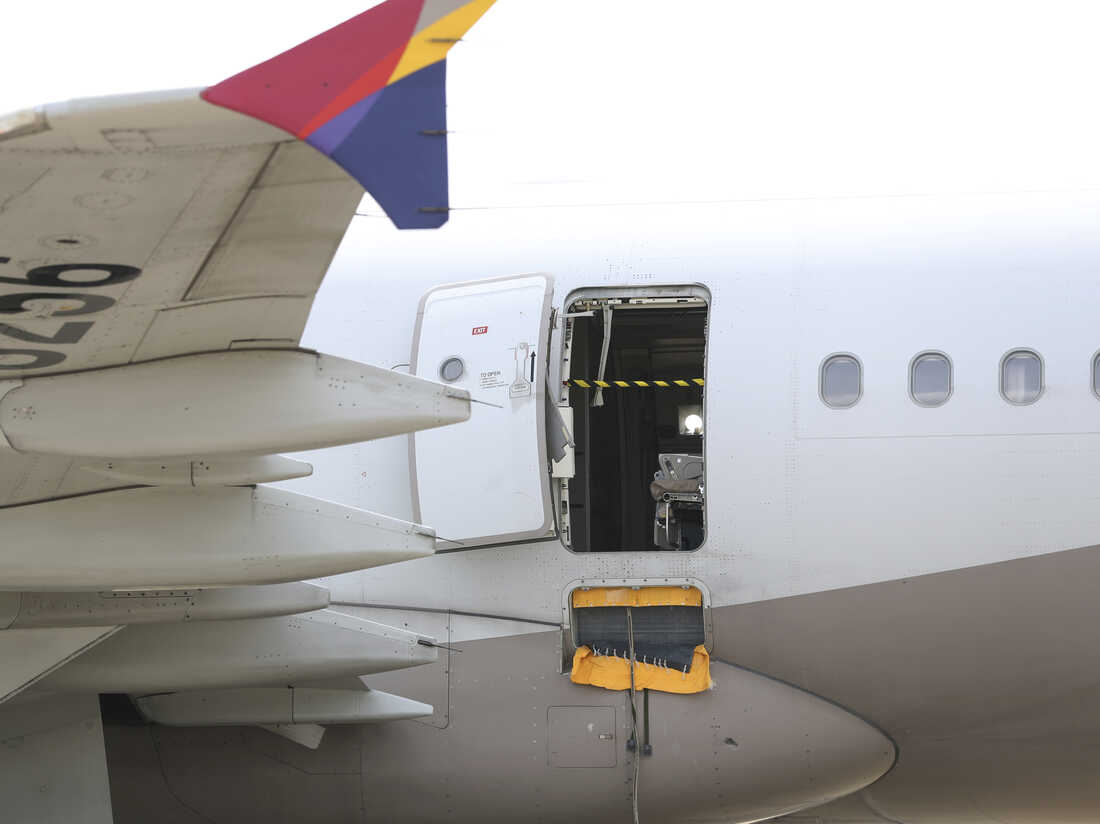Himayeti
Pre-takeoff checklist
- Joined
- Mar 23, 2022
- Messages
- 113
- Display Name
Display name:
Himayeti
That was the fake pilot's name, made up by a KTVU news intern regarding the Asiana accident at SFO back in 2013.
He's back!
https://www.nytimes.com/2023/05/26/world/asia/plane-door-open-asiana.html
I have always wondered about this ever since I sat in front of a deranged person who tried to open an emergency exit over the Bering Strait at 35K ft.
Luckily he didn't try it at 700 ft!
He's back!
https://www.nytimes.com/2023/05/26/world/asia/plane-door-open-asiana.html
I have always wondered about this ever since I sat in front of a deranged person who tried to open an emergency exit over the Bering Strait at 35K ft.
Luckily he didn't try it at 700 ft!



